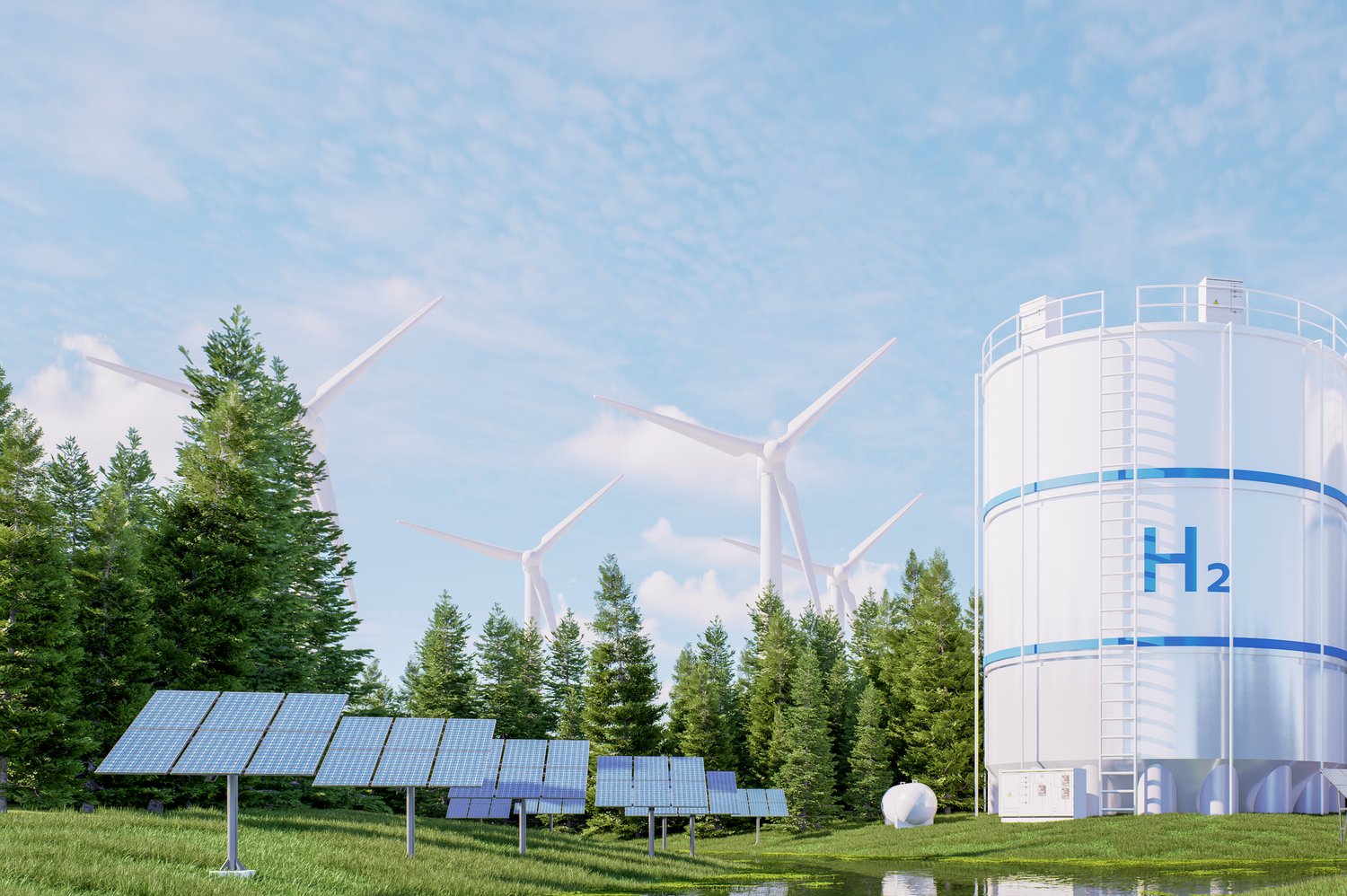Understanding Energy Banks
Energy banks are revolutionizing the way we store and use electricity. These devices capture excess energy from renewable sources like solar panels and wind turbines. They store this power for later use, reducing reliance on the grid. Energy banks https://onninen.pl/en/products/Photovoltaic-and-energy-storage-systems/Energy-banks come in various sizes and capacities. Some can power a single home, while others support entire communities. The technology behind these systems is constantly improving. Modern energy banks are more efficient, durable, and cost-effective than ever before.
The benefits of energy banks are numerous. They provide backup power during outages, ensuring uninterrupted electricity supply. This feature is crucial for businesses and critical infrastructure. Energy banks also help balance the load on power grids. By storing excess energy during low-demand periods, they reduce strain during peak hours. This load balancing leads to a more stable and efficient electrical network. Additionally, energy banks enable greater integration of renewable energy sources into existing power systems.
Choosing the right energy bank depends on several factors. Consider your average daily energy consumption. This will determine the capacity you need. Evaluate the available space for installation. Some systems are compact, while others require dedicated areas. Think about your future energy needs. It’s wise to select a system that can accommodate potential increases in consumption. Don’t forget to factor in maintenance requirements and warranty terms. These aspects can significantly impact the long-term value of your investment.
Exploring the Energy Storage V-TAC 14.33kWh
The Energy Storage V-TAC 14.33kWh is a cutting-edge solution for residential and small commercial applications. This system boasts a capacity of 14.33 kilowatt-hours, sufficient for most households. It utilizes advanced LiFePO4 battery technology, known for its safety and longevity. The unit operates at 51.2 volts and has a robust 280Ah rating. These specifications ensure reliable performance under various conditions. The Energy Storage V-TAC 14.33kWh https://onninen.pl/en/product/V-TAC-energy-storage-v-tac-14-33kwh-280ah-51-2v-lifepo4-vt-48280-10-year-warranty-12230,641264 comes with a reassuring 10-year warranty.
Installation of this system is straightforward, making it ideal for retrofit projects. It integrates seamlessly with existing solar setups or can be installed as a standalone unit. The system includes advanced monitoring capabilities. Users can track energy production, consumption, and storage in real-time. This feature allows for optimized energy management and cost savings. The V-TAC 14.33kWh is also scalable, allowing for future expansion if energy needs increase.
Maintenance of the Energy Storage V-TAC 14.33kWh is minimal. The LiFePO4 batteries require no regular upkeep beyond occasional checks. The system’s efficiency remains high throughout its lifespan, with minimal degradation. It operates quietly, making it suitable for indoor installations. The compact design allows for flexible placement options. This versatility is particularly valuable in spaces where room is at a premium.
The Importance of Proper Racking Systems
Proper racking is crucial for the longevity and performance of energy storage systems. The RACK Rack for Energy Storage V-TAC 9.6kWh is an excellent example of a well-designed support structure. This rack can accommodate up to three modules, providing flexibility for various installation needs. It’s constructed from durable materials that withstand environmental stresses. The RACK Rack for Energy Storage V-TAC 9.6kWh https://onninen.pl/en/product/V-TAC-RACK-Rack-for-Energy-Storage-V-TAC-9-6kWh-VT48200B-Max-3-modules-11557,542811 ensures proper ventilation, crucial for battery health.
The design of this rack prioritizes ease of access for maintenance. Technicians can easily inspect and service the batteries without dismantling the entire setup. The rack includes safety features to prevent accidental tipping or falling. Its modular nature allows for easy expansion of storage capacity. This flexibility is valuable as energy needs evolve over time. The rack’s compact footprint maximizes space efficiency in installation areas.
When selecting a rack system, consider future expansion possibilities. Choose a rack that can accommodate additional modules if needed. Ensure the rack is compatible with your specific battery model. Proper weight distribution is essential for structural integrity. Check that the rack meets local building codes and safety standards. A well-chosen rack system contributes significantly to the overall performance and longevity of your energy storage solution.
Integrating Photovoltaic and Energy Storage Systems
The integration of photovoltaic and energy storage systems is transforming energy management. These combined systems harness solar power during the day and store excess energy for nighttime use. This setup maximizes the benefits of renewable energy sources. It reduces reliance on the grid and lowers electricity bills. Photovoltaic and energy storage systems https://onninen.pl/en/products/Photovoltaic-and-energy-storage-systems work synergistically to provide a consistent power supply.
When designing an integrated system, several factors must be considered. The size of the photovoltaic array should match the storage capacity. This balance ensures efficient energy capture and utilization. The inverter plays a crucial role in system compatibility. It must be capable of managing both solar input and battery storage. Advanced control systems optimize energy flow between components. These controllers decide when to store energy and when to use it.
The benefits of integrated systems extend beyond individual households. They contribute to grid stability by reducing peak demand. During high consumption periods, stored energy can be fed back into the grid. This capability turns homes and businesses into mini power plants. It also provides resilience during power outages. Integrated systems can operate independently, ensuring continuous power supply. As technology advances, these systems are becoming more affordable and accessible to a wider range of consumers.
Optimizing Your Energy Storage Solution
To get the most from your energy storage system, regular monitoring is essential. Track your energy production and consumption patterns. This data helps identify opportunities for efficiency improvements. Consider implementing smart home technologies. These can automate energy usage based on real-time conditions. Regularly update your system’s software to ensure optimal performance. Manufacturers often release updates that enhance functionality and efficiency.
Proper maintenance extends the life of your energy storage system. Keep battery compartments clean and free from dust. Ensure all connections are tight and corrosion-free. Monitor battery temperature and ventilation. Extreme temperatures can significantly impact battery performance and lifespan. If you notice any unusual behavior, consult with a professional promptly. Early intervention can prevent minor issues from becoming major problems.
Consider your future energy needs when planning your system. It’s often more cost-effective to install a larger system initially than to upgrade later. Educate all household members about system operation and energy-saving practices. This collective effort maximizes the benefits of your investment. Stay informed about advancements in energy storage technology. The field is rapidly evolving, with new innovations regularly emerging. By staying current, you can make informed decisions about potential upgrades or expansions to your system.





